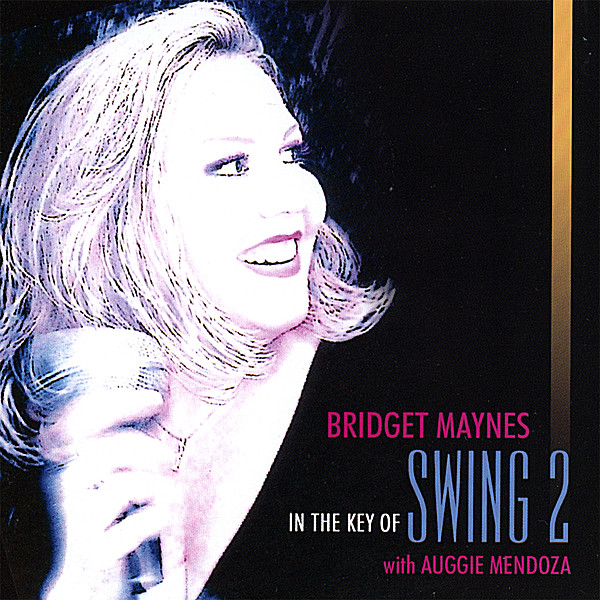
When Paris Was Her Lover juxtaposes the lives of two women from two continents. In the Prologue we meet Marlene. It is the year 2000. She is ensconced under the Eiffel Tower, reminiscent and dreamy as she recalls that once upon a time, Paris was her lover. We then move backward to the year 1985. We are in San Francisco, where she lives and works as a preschool teacher. She is lost and friendless. On a whim, she decides to go to Paris. Once she gets there, she becomes enamored not only of the city but also of a woman she meets at a concert she attends at Versailles. She is shy, does not speak a word of French, and when the opportunity arises to communicate with Thérèse, she walks away sheepishly as Thérèse, herself smitten by Marlene, slips into another car on the train, wishing for the dream that did not happen that night. After this missed opportunity, each woman forges a path toward another destiny. Marlene adopts a Romanian girl who is the product of the brutal era of the Ceausescu dictatorship. Thérèse searches for looted violins and other stringed instruments that were originally owned by Jewish individuals who perished in the gas chambers. While Marlene and Thérèse follow these very divergent paths in their lives, there is an undercurrent of an undying passion between these two women. Often in discreet moments, each one brings to light the memory of the other, and in doing so, they not only create a parallel process but also repetitively ignite their incessant longings for the other. An ever-present theme of survival punctuates each section of this work. While on the outside this piece of fiction appears to be seamless, a tapestry woven with beauty and humor and a magical sense of wonder, underneath there is the reminder of the horrors of war and the ramifications therein. The music that resonates with each passage of the book lends itself to a transcendence from the pathos of the human existence to that of the sublime, survival in its quintessential realm.







